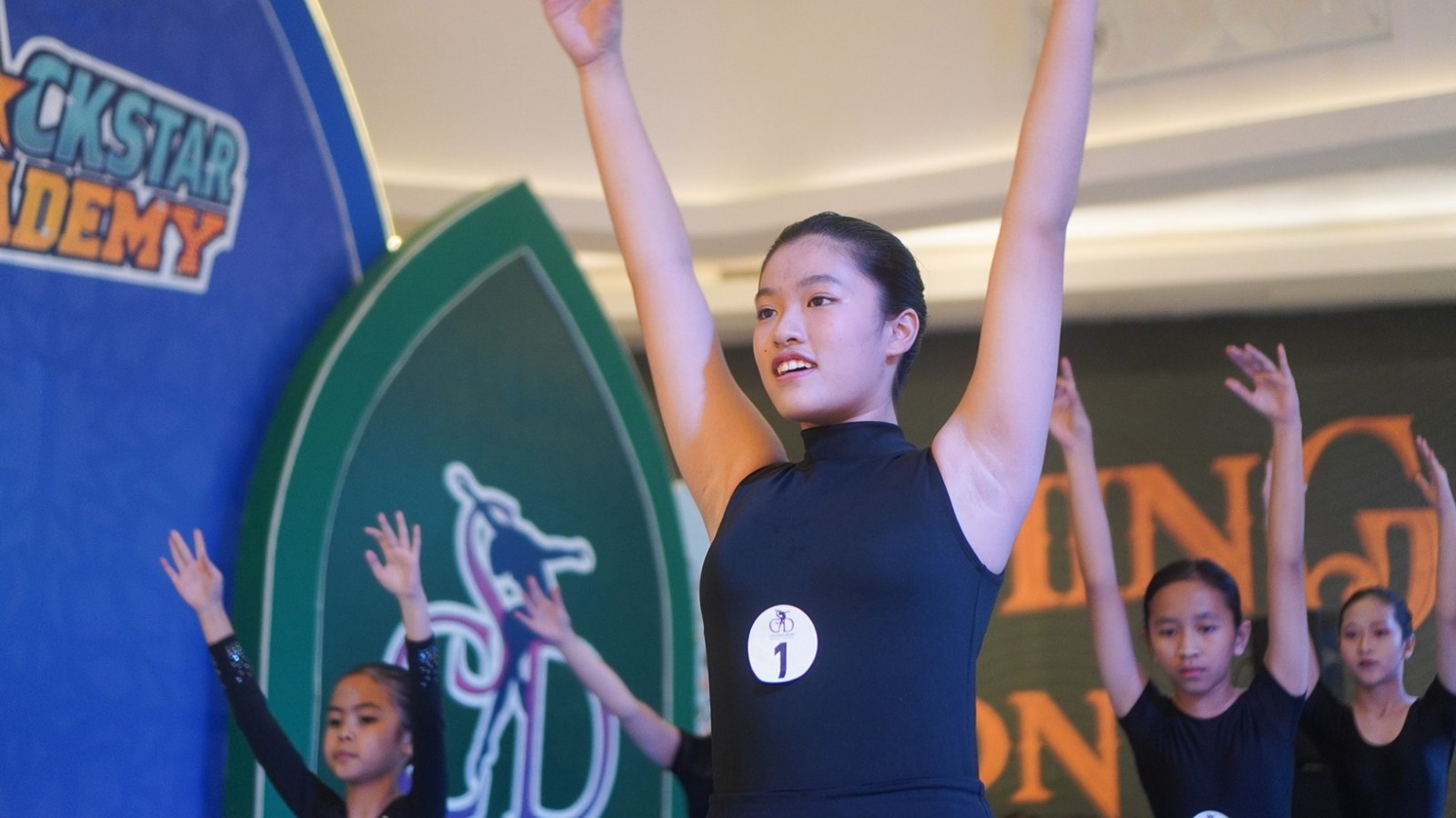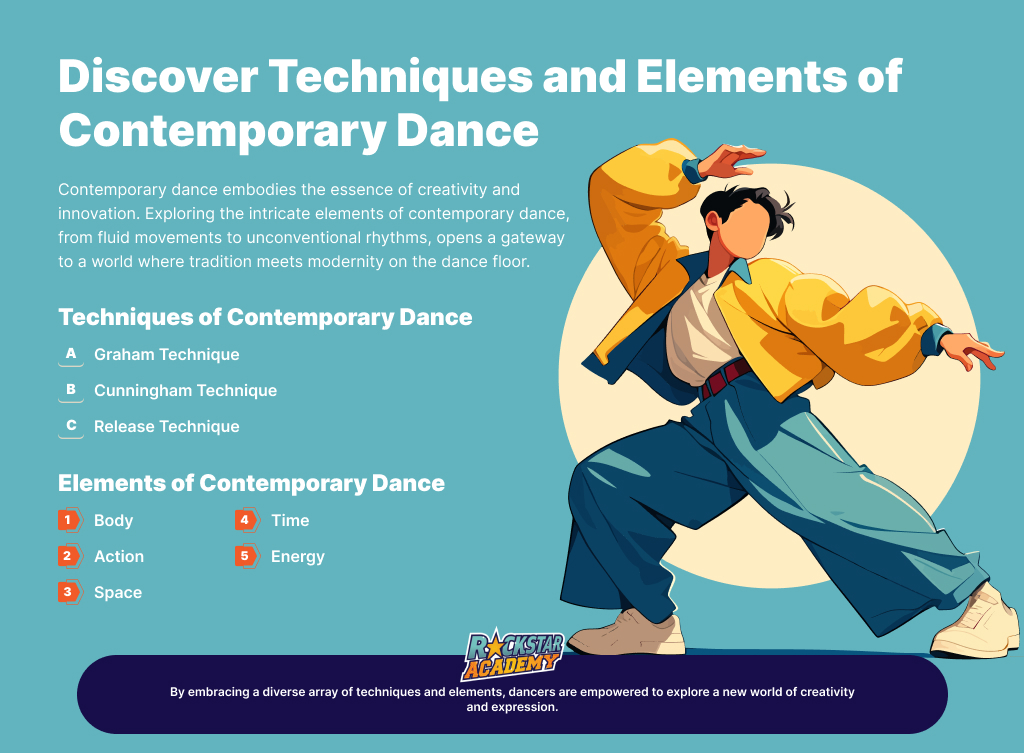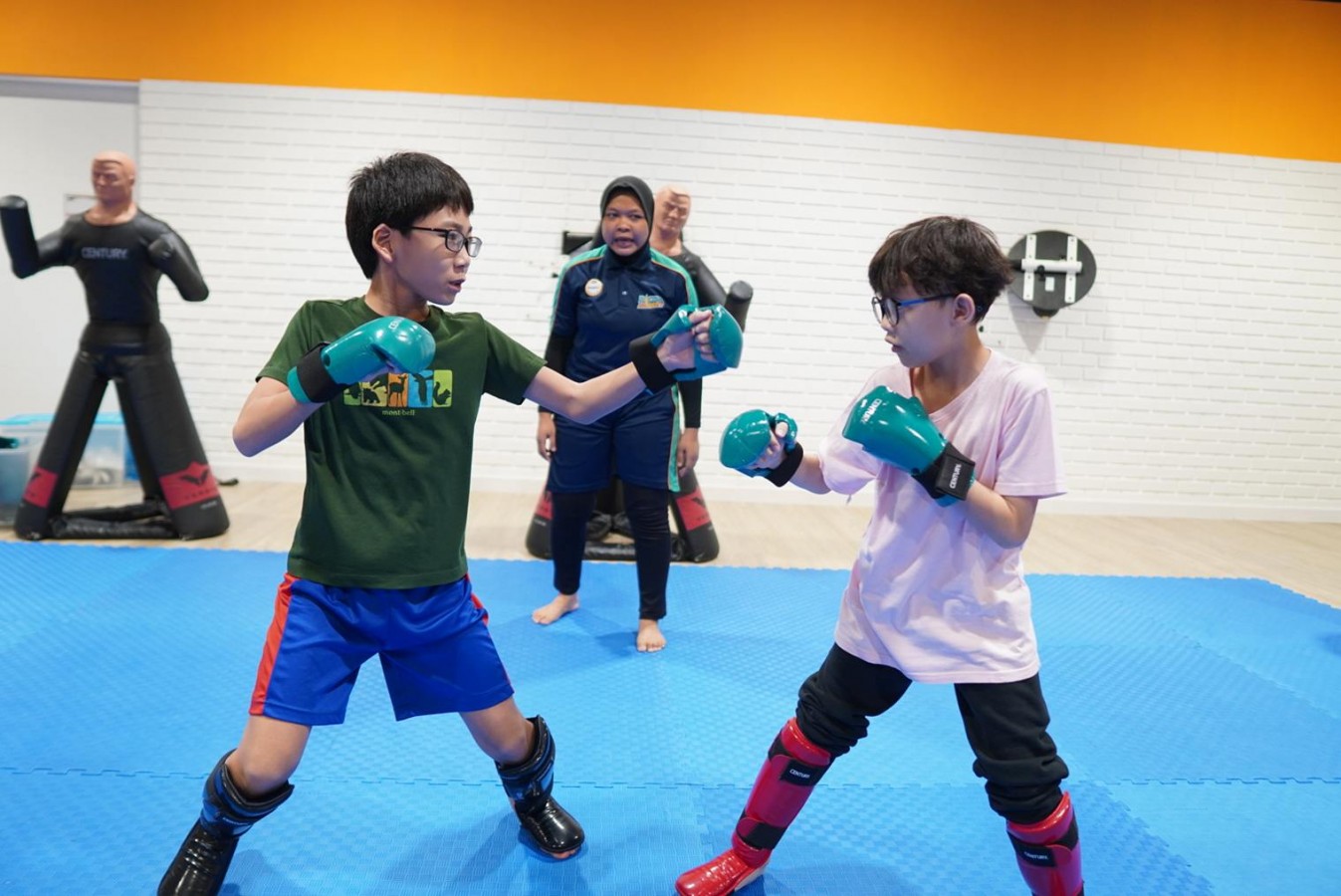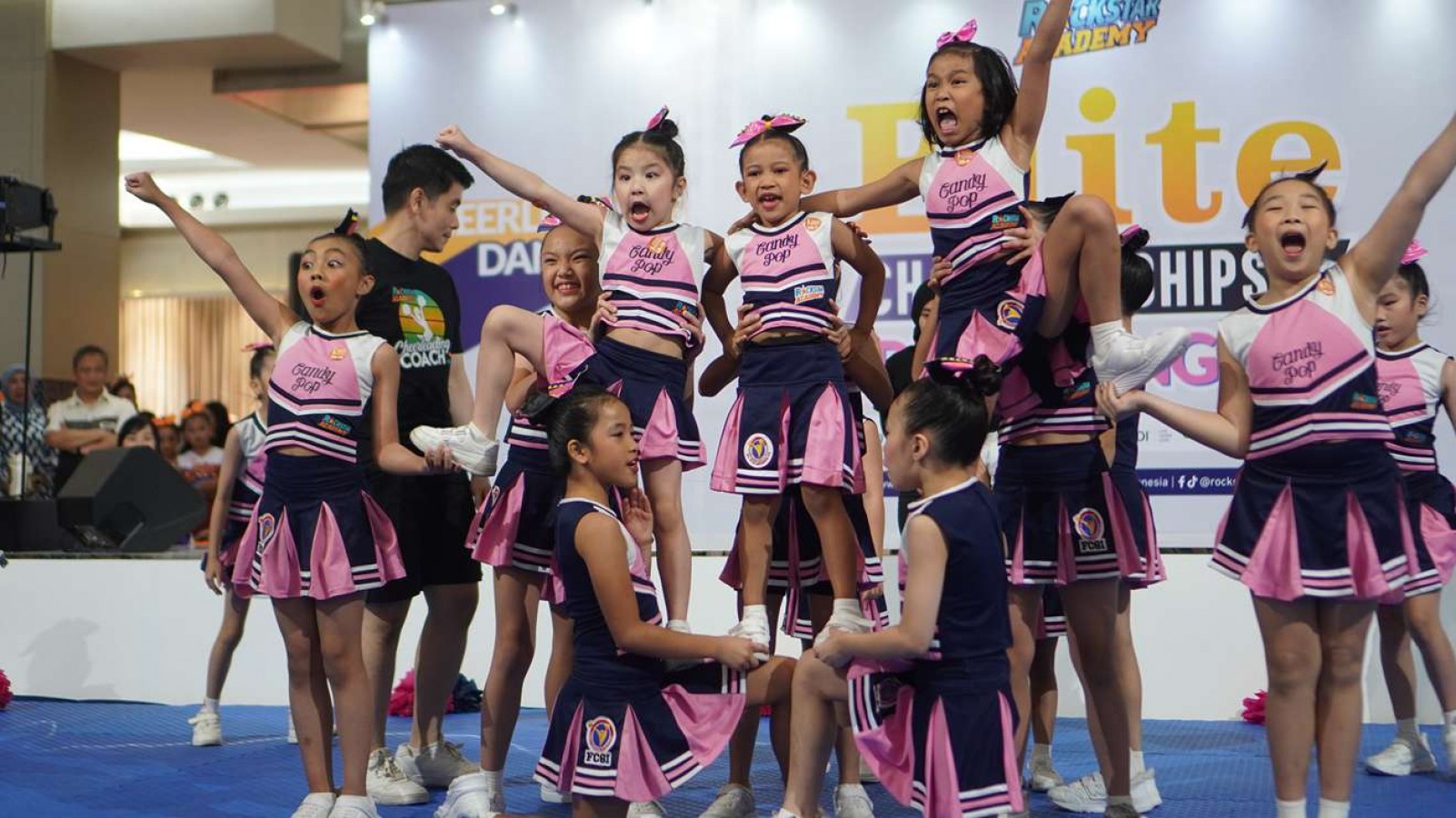Discover Techniques and Elements of Contemporary Dance

Contemporary dance embodies the essence of creativity and innovation. Exploring the intricate elements of contemporary dance, from fluid movements to unconventional rhythms, opens a gateway to a world where tradition meets modernity on the dance floor.
The elements of contemporary dance encompass a wide spectrum, from the subtle nuances of improvisation to the deliberate use of space, time, and energy. In this article, we explore how these elements come together to define the essence of contemporary dance.
Techniques of Contemporary Dance
Contemporary dance encompasses a diverse range of techniques that contribute to its fluidity, expressiveness, and innovation. Here are some key techniques commonly found in contemporary dance:
A. Graham Technique
Developed by Martha Graham, the Graham technique is known for its emphasis on contraction and release, a stark departure from the upright, classical ballet posture. Graham sought to express raw human emotions through movement, often using dramatic, angular gestures and deep, grounded stances.
Central to the Graham technique is the concept of "contraction," where the body curls inward, symbolizing struggle or inner turmoil, followed by "release," where tension is released to convey resolution or liberation.
This technique's expressive power and its focus on exploring psychological and emotional states have had a profound impact on contemporary dance.
B. Cunningham Technique
Founded by Merce Cunningham, the Cunningham technique is characterized by its emphasis on clarity, precision, and the use of isolated movements.
Cunningham revolutionized dance by challenging traditional notions of choreography and music, often creating dances where movement and music were independently structured yet harmoniously intertwined.
The technique emphasizes the use of the torso, spine, and limbs in independent and often unpredictable ways. This promotes a sense of freedom and experimentation among dancers.
It encourages dancers to explore a wide range of dynamics, directions, and spatial relationships, reflecting Cunningham's belief in the potential for movement to exist independently of narrative or emotional expression.
C. Release Technique
The Release technique emerged in the 1970s as a response to the rigidity and formality of classical dance forms. Developed by choreographers such as Mary Fulkerson and Steve Paxton, the Release technique focuses on promoting relaxation, efficiency of movement, and organic flow.
Dancers are encouraged to let go of unnecessary tension and connect with the natural weight and rhythm of their bodies.
Unlike the structured techniques of Graham and Cunningham, Release technique values spontaneity, improvisation, and a sense of "letting go," allowing dancers to explore a more intuitive and personal approach to movement.
It emphasizes breath, connectivity between different parts of the body, and a grounded connection with the floor, enabling dancers to move with fluidity and expressiveness.
Elements of Contemporary Dance
Contemporary dance is characterized by its exploration and manipulation of fundamental elements that contribute to its expressive and dynamic nature. Here, we delve into the core elements of contemporary dance:
1. Body
The body is the primary instrument of expression in contemporary dance. Dancers use their bodies to convey emotions, ideas, and narratives through movement.
Unlike classical forms that often emphasize a specific idealized posture, contemporary dance celebrates the diversity and natural capabilities of the human body.
Dancers explore a wide range of movements, utilizing different parts of the body including the limbs, torso, and even facial expressions to communicate and connect with audiences on a visceral level.
2. Action
In dance, action means the physical movements and gestures that dancers perform. In contemporary dance especially, actions are more than just steps or sequences—they carry intention, emotion, and meaning.
Dancers use actions to vary the dynamics (like speed and force) and qualities (like smoothness or sharpness) of their performances, adding depth and detail.
These actions can be as simple as gestures or as complex as whole choreographed sequences, each playing a part in telling the story or exploring the theme of a dance piece.
3. Space
Space in contemporary dance encompasses both the physical environment in which dancers move and the spatial relationships they create through their movements. Dancers explore the use of space creatively, moving not only horizontally but also vertically and diagonally across the stage.
They may interact with the performance space by defining pathways, levels (high, medium, low), and distances between themselves and other dancers or elements within the environment.
Space is a dynamic element that influences choreographic composition and visual impact, allowing dancers to shape and transform their performances in response to the spatial dimensions of their surroundings.
4. Time
In contemporary dance, time refers to how dancers use rhythm and the timing of movements. They control time by adjusting speed, rhythm, and how movements are arranged, which creates patterns of tension and relaxation that make their performances more expressive.
Time in contemporary dance isn't just a beat for movements; it's a tool for telling stories and creating emotional impact. Dancers might stretch out, speed up, or break apart time to evoke feelings like urgency, reflection, or continuity, affecting how the audience sees and feels the dance.
5. Energy
Energy refers to how movements feel and the forces they create. Dancers adjust their energy to express different feelings—from gentle and light to strong and intense.
They show energy through how tense their muscles are, how they move their joints, and the paths they take through space. This affects both the physical power and emotional impact of their dances.
Dancers often contrast energies, like mixing slow and sudden movements, to build tension, release it, and add emotional layers to their choreography.
Let’s Dive Into the World of Contemporary Dance!
By embracing a diverse array of techniques and elements, dancers are empowered to explore a new world of creativity and expression.
Ready to explore the vibrant world of contemporary dance and take your skills to the next level? Join us at Rockstar Academy's prestigious Sports & Performing Arts Academy, where our contemporary dance program offers cutting-edge training designed to enhance your creativity and technique.
Participants in our program also have the unique opportunity to prepare for CSTD Contemporary Dance Testing, ensuring they meet international standards of excellence.
Additionally, our contemporary dance program at Rockstar Academy not only focuses on artistic development but also offers students exciting opportunities to compete in events like the Elite Championship and RockOlympics.
These competitions provide a unique platform for every student, from as young as 1 year old, to challenge themselves and experience the fulfillment of their efforts.
Participating in these events allows dancers to push beyond their limits, showcase their skills, and celebrate their achievements, fostering a sense of accomplishment and growth in their dance journey.
As a special opportunity, we're also excited to offer a free trial of the contemporary dance program. Sign up for your free trial today and step into the spotlight at Rockstar Academy!

FAQ
What are the elements of contemporary dance?
The elements of contemporary dance are body, action, space, time, and energy. These components are used to create expressive and dynamic movements that convey emotion and storytelling.
What are the fundamentals of contemporary dance?
The fundamentals of contemporary dance include techniques such as Graham, Cunningham, and Release, as well as principles of movement that emphasize fluidity, improvisation, and emotional expression. These fundamentals help dancers develop versatility and creativity in their performances.



